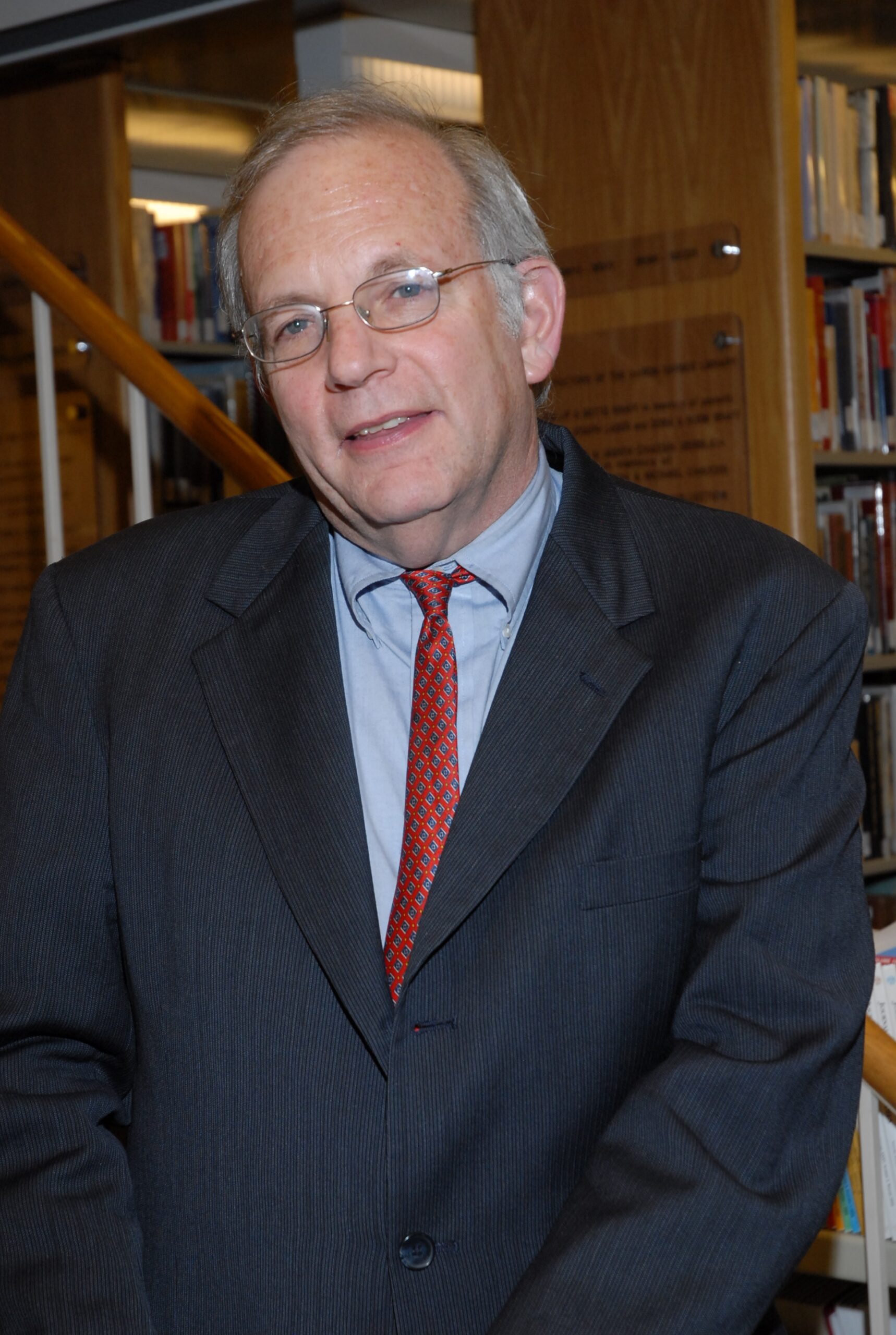A colleague of mine once summarized the inner power of Judaism in the following way: Judaism challenges us “to ethicize ritual, and ritualize ethics.” Last week in this column we had a chance to explore what might be problematic in 20th/21st century Jewish life when ethics were stripped of ritual richness. This week, in parashat Tzav we see the opposite dynamic at work: the ethicizing of ritual.
Sacrifices of the Heart
Yitzhak Magriso begins by asking why the phrase for one particular kind of sacrifice – an olah (burnt offering; literally a “going upward”) – is often repeated twice when a single usage of the word olah would have sufficed syntactically. The answer Me’am Loez provides is to suggest that one olah is a physical description of the burnt animal’s smoky ascent to heaven. But a second “olah” is also happening within the heart of the person bringing the sacrifice.
We all have evil thoughts that seem to rise to consciousness unpredictably. With the right kavana (intentionality), the upward ascent of the sacrifice can, Yom-Kippur-like, atone for the straying heart and mind.
The Mythic Egypt
Characteristically, along with this psychological explanation, the Me’am Loez offers a mythic/anthropological explanation as well. Perhaps because the Ladino community of Turkey still had a vivid memory of its exile from Spain at the time of the Inquisition, the reality of leaving Egypt (mitzrayim) looms large. Distance from life in Egypt is the measuring rod of how close to perfection biblical life has come for the Israelites.
In Egypt, Jews had to preserve their identity through a negative definition. The Egyptians worshipped sheep and cattle. Hence, the Israelites had to butcher those animals in order to define themselves as Israelites, non- Egyptians. With institution of the sacrificial system, the Israelites could perform these requirements for positive reasons: to approach God and become a holy nation.
Coming Full Circle
I’d like to return for a moment to my rationale for utilizing the Sephardic Torah commentary Me’am Loez as the source of insights for these Torah columns. I saw in Me’am Loez a “proto-continuity/renewal” campaign in the heroic efforts of Rabbi Jacob Culi at the beginning of the 18th century to re-educate large segments of the Jewish community of Turkey that were slipping away from Judaism.
It remains for me (and I hope now for us) a source of inspiration. We are going through some difficult times: a nation immersed in internal strife and uncertainty, blanketed in grayness and cold from a winter weather system. Soon enough Pesach will be here with its powerful combination of spring, hope and redemption. In the interim, I hope that Me’am Loez has provided a few rays of learning and light. A famous Jewish prayer reminds us that we always seek to lilmod u’lelamed, learn in order to teach.
Reprinted by permission of the Cleveland Jewish News.
This dvar Torah is one of a series influenced by the Me’am Loez Sephardic Torah commentary.








